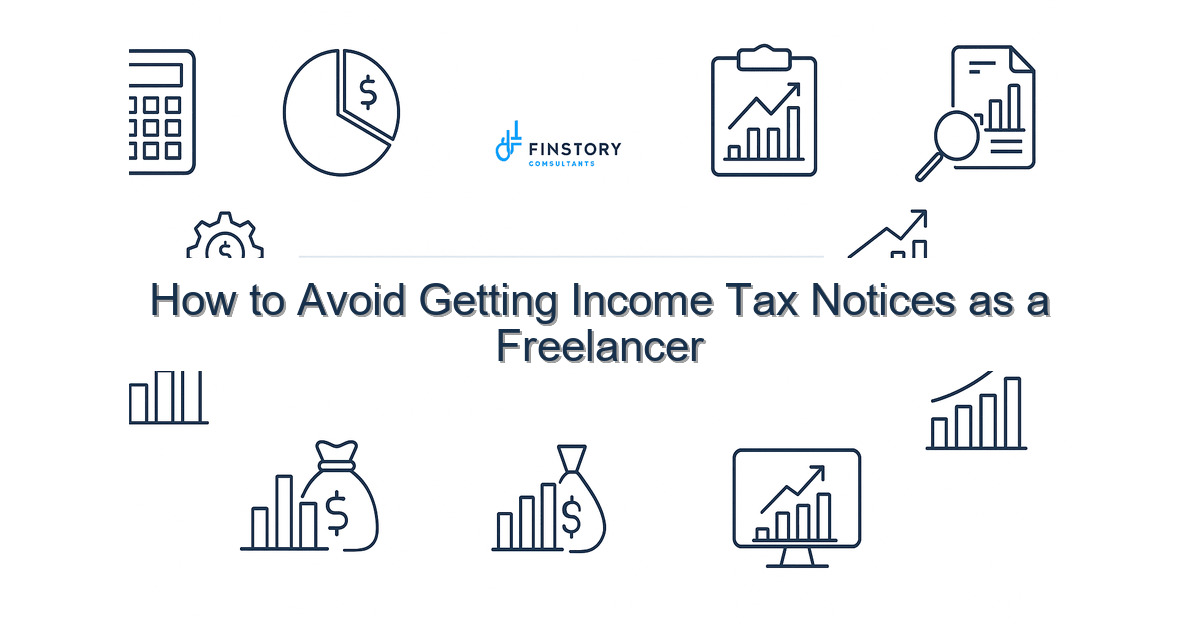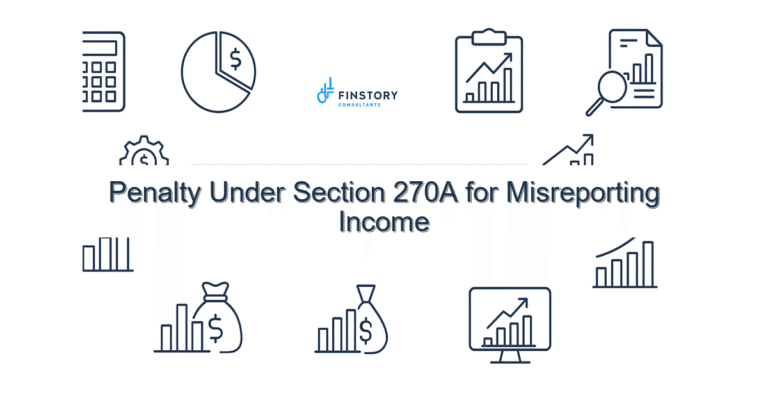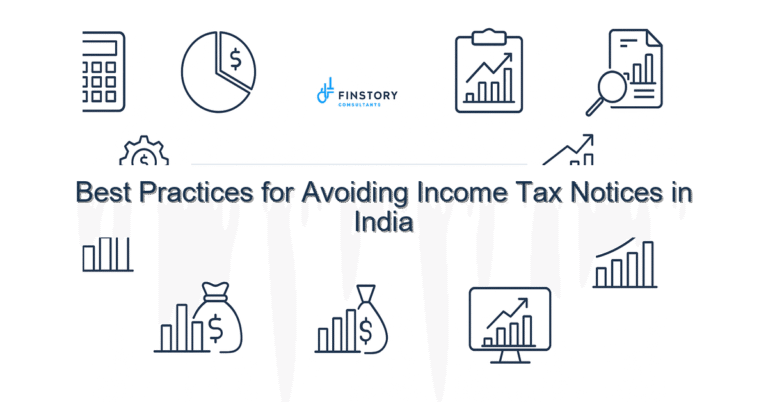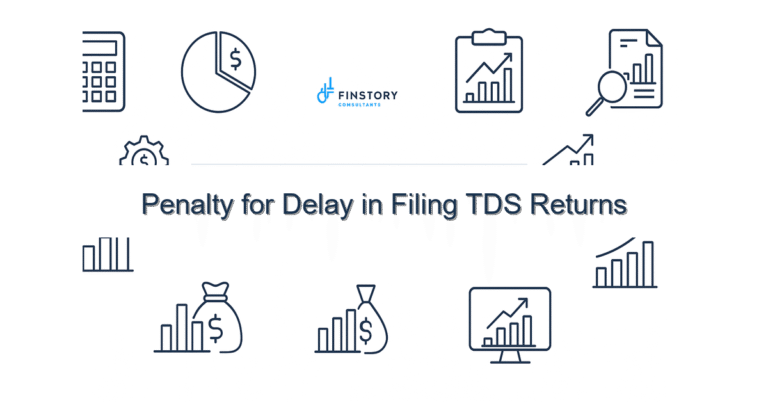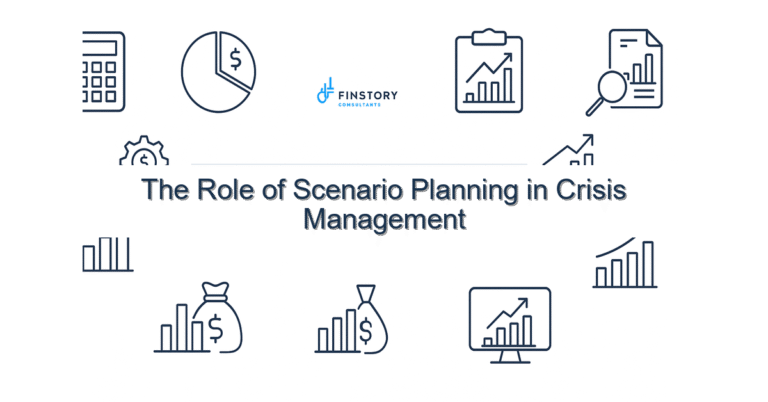How to Avoid Getting Income Tax Notices as a Freelancer
Freelancers often juggle clients, deadlines and receipts — the last thing you need is an unexpected tax notice. It’s stressful, time-consuming and avoidable if you follow clear, India-specific steps.
Summary: Maintain organised records, reconcile TDS/TCS and AIS/26AS, file accurate ITRs before the ITR filing last date, and use the right exemptions (Section 80C limit, business expenses, capital gains indexation) to minimise mistakes that trigger income tax India notices.
What’s the real problem in India?
Freelancers fall into a gap: not salaried, not always a formal business. The Indian tax system uses terms and timelines that can confuse even careful taxpayers — assessment year (AY) vs previous year (PY), CBDT timelines, e-filing forms and mismatch notices based on third-party data (TDS/TCS, AIS/26AS). Notices typically follow automated mismatches, late filings, or discrepancies in reported income.
- Symptom 1: You get a TDS mismatch notice because your client deducted TDS but you didn’t reconcile AIS/26AS.
- Symptom 2: A notice for under-reporting due to unaccounted bank interest, capital gains, or missed invoices.
- Symptom 3: Late ITR filing or incorrect ITR form (ITR-3 vs ITR-4) triggers demand for explanation.
What people get wrong
Common pitfalls are procedural rather than intentional tax evasion. Freelancers often:
- Ignore small TDS entries or forget to match them against AIS/26AS.
- Assume all deductions are the same — not checking Section 80C limit or the impact of new vs old regime slabs.
- Underestimate capital gains rules and skip capital gains indexation for long-term assets.
- File the wrong ITR form or miss the ITR filing last date and then rush a correction.
A better approach
Use a simple, repeatable framework that removes guesswork and documents every step.
- Organise income by source: domestic clients, foreign clients, platform income, and passive income. Keep invoices and bank statements together.
- Reconcile TDS/TCS: monthly check AIS/26AS to ensure all TDS entries from clients and platforms are recorded correctly.
- Choose your tax regime after a quick run-through of numbers — compare new vs old regime slabs and implications for Section 80C limit and other deductions.
- File the correct ITR form on time; if you miss the ITR filing last date, file a late return and document reasons to reduce scrutiny.
- Keep proof for business expenses and capital transactions (use capital gains indexation where applicable) and maintain a quick audit trail.
Real-world story: A Bengaluru UI/UX freelancer missed reconciling a ₹45,000 TDS entry from a platform. AIS/26AS showed the deduction, but he hadn’t claimed it in his ITR. Result: a tax demand notice. After one reconciliation session and an ITR correction, the notice was closed within 6 weeks — and he now reconciles AIS/26AS monthly.
Quick implementation checklist
- Collect invoices and bank statements for the previous year (PY) this weekend.
- Log in to the e-filing portal and download AIS/26AS for your PAN; mark all TDS/TCS entries.
- Match each TDS entry with client invoices; ask clients for Form 16A if discrepancies exist.
- Check interest, FD maturities and sale of assets for capital gains — apply capital gains indexation for long-term asset sales.
- Decide new vs old regime slabs for your estimated taxable income and check the Section 80C limit for eligible investments.
- Choose the correct ITR form (ITR-3 for profit/loss from profession, ITR-4 for presumptive schemes) and start filling it.
- File before the ITR filing last date; if you miss it, file a belated return and keep evidence of attempts to file.
- Keep digital copies of receipts and proof of payments for at least 6 years.
- Set a monthly reminder to reconcile TDS/TCS and review AIS/26AS.
What success looks like
When you follow the checklist, measurable outcomes include:
- Fewer tax notices — aim to reduce notices by 80% year-on-year.
- Faster ITR processing and refunds; targeted turnaround in 4–6 weeks for simple returns.
- Lower dispute amounts — fewer demand notices and reduced penalty risk.
- Optimised tax outgo by using the right deductions up to the Section 80C limit and correct regime choice.
- Clear audit trail for every income and deduction, reducing time to respond to notices.
Risks & how to manage them
Risk 1: Missed TDS/TCS entries leading to mismatch notices. Manage: monthly AIS/26AS reconciliation and obtaining Form 16A from clients.
Risk 2: Wrong ITR form or misreported income. Manage: consult the ITR form guidance or use a tax advisor before filing.
Risk 3: Under-claimed deductions or aggressive claims that invite scrutiny. Manage: claim only documented expenses and keep proofs ready; when in doubt, ask an expert.
Tools & data
Make these tools part of your monthly routine:
- AIS/26AS (from the income tax portal) — primary source to verify TDS/TCS and advance tax credits.
- Income Tax e-filing portal — filing, rectification and notice response hub.
- TDS/TCS tracking tools or simple spreadsheets — reconcile every TDS credit with invoices.
- Accounting or invoicing apps that tag client receipts and generate GST/TDS-ready reports.
- Reference resources: [link:ITR guide] and [link:tax-saving tips] for deeper reading on new vs old regime slabs and Section 80C limit.
FAQs
Q: I received an intimation under section 143(1). What should I do?
A: Compare the intimation with your filed ITR and AIS/26AS. If it’s a simple TDS mismatch, file a rectification on the e-filing portal or respond with proofs. For complex differences, seek expert help quickly.
Q: How does TDS from clients impact my refund?
A: TDS reduces your tax liability and shows up in AIS/26AS. If TDS > tax liability, you get a refund—ensure you’ve claimed all TDS credits when filing.
Q: Can I switch between new vs old regime slabs every year?
A: Yes, you can choose each assessment year based on which regime gives lower tax — but run the numbers accounting for Section 80C limit and other deductions.
Q: What if I miss the ITR filing last date?
A: File a belated return as soon as possible. You may face penalties and limited interest charges; documenting reasons reduces scrutiny.
Next steps
If notices, mismatches, or filing doubts feel overwhelming, you don’t have to fix everything alone. Start by reconciling AIS/26AS this week, then book a short consultation to review your ITR and deductions. Our team can audit your last filed return for missed TDS/TCS credits and help decide the best tax regime for you.
Work with Finstory. Speak with an Expert for a personalised plan to reduce your tax outgo and stay compliant. Book a free 20-min consultation.
📞 Need help with Income Tax in India?
Book a 20-min consultation with our tax team. Individuals, founders & MSMEs welcome.
Prefer email or phone? Write to info@finstory.net
or call +91 44-45811170.
